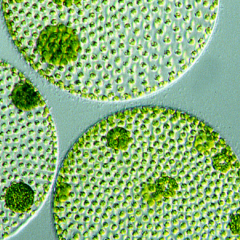Andrew Walker, The University of Queensland
This is an article from Curious Kids, a series for children. The Conversation is asking kids to send in questions they’d like an expert to answer. All questions are welcome – serious, weird or wacky!
My name is Leo. I am 5 years old and I live in Sydney. My question is: what are spider webs made from and how strong are they? – Leo, 5, Sydney.
Spider webs are made from silk. And silk is made from something scientists call “proteins”.
Proteins are special chemicals made by a living thing - like an animal or a plant. You have lots of them in your body. Proteins usually have a certain job to do.
Some join together to make something bigger. Your hair and your nails are made of proteins (they are both made by a protein called “keratin”).
Insects and spiders make silk in a special part of their body called a gland, and use their legs to pull it out of their bodies. This is called spinning.
Most species of spider have more than one kind of silk gland. Each one has different strength and stretchiness and is used for a specific purpose such as web frame, sticky strands, or covering eggs. The strength and stretchiness of silk depends on the way the spider’s body arranges the silk proteins.
Spiders have evolved to spin very strong silk webs so they can catch insects to eat. This means that long ago, spiders that made stronger webs caught more insects to eat and had more babies, but spiders that made weaker webs caught fewer insects and had fewer babies.
After millions of years of this process, some spiders today make silk that is very strong. We don’t usually notice just how strong they can be because they are amazingly thin. But the strongest silk, such as silk from a golden orb spider, is actually stronger than steel. Even more amazing, it is about 50 times as light.
Actually, spider silk is a bit like a cross between steel and rubber. Even with the help of complicated machines and chemicals, humans still don’t know how to make a material this strong, stretchy, and light. Spiders are still the champions at this.
Amazing facts about silk
Most people know that spiders and silkworms make silk, but did you know there are more than 20 different groups of animals that make silk?
Silk-making animals include crickets, silverfish, glow-worms, ants, bees, wasps, flies, caterpillars, lacewings, and sawfly larvae.
Some of these make silk to protect themselves. Crickets, for example, use silk to sew leaves together to build a nest. Others use silk in mating, such as dance-flies, in which the male impresses the female with a gift of food wrapped in silk. Some use silk for hunting, such as spiders and even glow-worms, which use sticky silk to capture flying animals they’d like to eat.
Scientists are closer than ever to producing artificial silk. For example, Dr Tara Sutherland at CSIRO Ecosystem Sciences can make bee silk proteins using bacteria, and then spin them into solid strings similar to those made by bees.
Maybe one day, if you become a scientist, you might be able to make something as strong, as light and as special as spiders’ silk.
Image above: Spider silk is a bit like a cross between steel and rubber. Mai Lam/The Conversation NY-BD-CC, CC BY-SA
Andrew Walker, Postdoctoral Research Fellow, The University of Queensland
This article was originally published on The Conversation. Read the original article.



